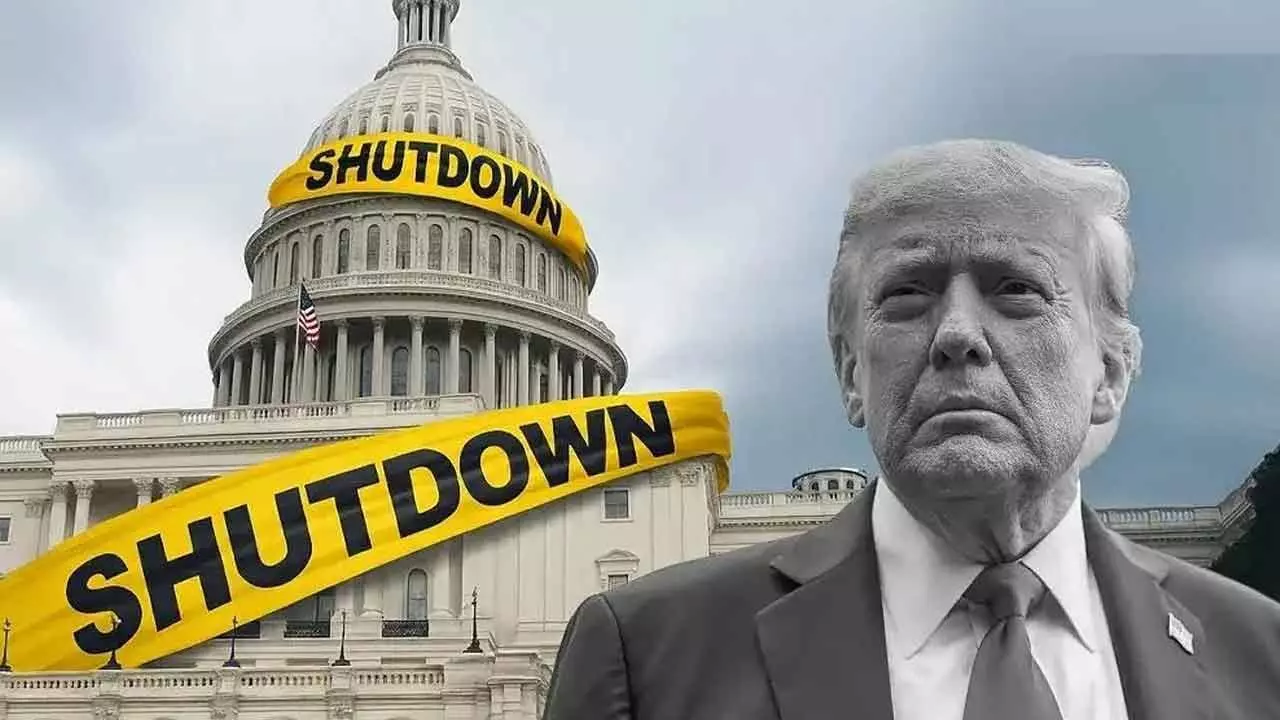October 6, 2025
The US federal government has officially entered a shutdown after Congress failed to pass a crucial funding bill before the deadline. Essential services will continue, but hundreds of thousands of federal workers face furloughs or unpaid work.

The United States federal government has officially shut down as of October 1, 2025, after lawmakers in Congress failed to agree on an appropriations bill to keep government operations funded. The shutdown marks one of the most severe political deadlocks in recent years, reflecting deep divisions between the Republican-controlled House and the Democratic-led Senate over spending priorities and fiscal policy.
Negotiations between the two chambers broke down late Sunday, with key disagreements centering on healthcare funding, defense spending, and proposed budget cuts to social programs. President Joe Biden and congressional leaders held emergency talks at the White House, but they were unable to reach a compromise before the midnight deadline.
As a result, major government agencies have ceased non-essential operations. Hundreds of thousands of federal employees have been furloughed without pay, while others—especially those in essential sectors like national security, air traffic control, and emergency healthcare—will continue to work but without immediate compensation.
The shutdown’s economic impact is already being felt. Financial analysts warn that prolonged closure could cost billions in lost productivity, disrupt supply chains, and weaken investor confidence. Federal services such as national parks, passport processing, small business loans, and research programs have been suspended.
The White House has blamed House Republicans for holding the budget “hostage” to political demands, accusing them of pushing extreme spending cuts that threaten public health and social welfare programs. Democrats argue that the proposed reductions to the Affordable Care Act (ACA) subsidies and food assistance would disproportionately harm middle- and low-income families.
Meanwhile, Republicans insist that runaway federal spending and record debt levels require immediate action. Conservative lawmakers have called for significant reductions in non-defense discretionary spending and stronger oversight of federal programs, claiming fiscal responsibility is essential to long-term stability.
Economists warn that the effects could worsen if the shutdown extends beyond two weeks. Delayed federal paychecks may reduce consumer spending, while government contractors face stalled projects. Tourism industries in Washington, D.C., and across the country are also expected to take a hit.
Public frustration is mounting. Protesters gathered outside the Capitol demanding that Congress “do its job.” Analysts suggest that political blame may fall on both parties if the impasse drags on. Historically, extended shutdowns have eroded trust in government and lowered approval ratings for all sides.
This latest shutdown underscores a broader political dysfunction gripping Washington, with both parties struggling to balance fiscal conservatism and social priorities ahead of the 2026 midterm elections. Lawmakers now face mounting pressure from citizens, businesses, and international observers to resolve the deadlock swiftly and restore stability to the federal system.